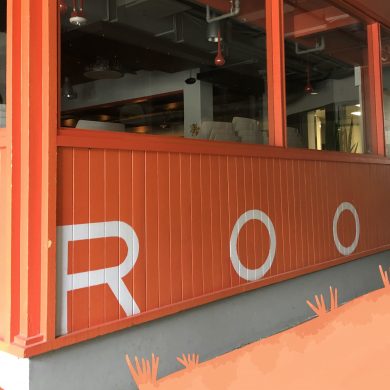Every week our Research Editors highlight a few of the latest headlines in science news and explain why these pieces are interesting and applicable to our classes at UC San Diego. If you find an engaging science article, share it with us on our Facebook page and your highlight may just be featured!
Non-alcoholic Fatty Liver Disease: America’s Greatest Health Risk of 2015? | Scientific American
A medical condition that is closely linked with obesity is on the rise in the United States. Non-alcoholic fatty liver disease (NAFLD) is the buildup of excess fat in liver cells and poses great risks to people’s health, as it can lead to liver problems such as inflammation, scarring, liver dysfunction, and liver cancer. Alcohol consumption greatly stresses the liver and adds to the risk of NAFLD; however, this disease is easily preventable through exercise and good nutrition.
If you are interested in dietary influences on diseases, consider taking Nutrition (BIBC 120).
— Jasmine Chau | Sr. Research Editor
“Bionic Leaf” Makes Fuel from Sunlight | Scientific American
Scientists have developed a way to make fuel from sunlight. In a method called reverse combustion, the microbe Ralstonia eutropha (also known as the “bionic leaf”) takes incoming sunlight and converts it into electric current, producing isopropanol, which can then be used as fuel. This could help solve global warming because it can take carbon dioxide, a waste product of fossil fuel combustion, and convert it back into a carbon fuel.
If you are interested in bioengineering, consider taking Introduction to Bioengineering (BENG 1).
— Jasmine Chau | Sr. Research Editor
Origins of colorectal cancer tumor cells traced | Scientific American
By tracing the origins of colorectal cancer cells, researchers have discovered important clues as to why tumor cells become “good” or “bad”, with the potential of stopping tumors before they even begin to form. Through samples obtained from opposite sides of colorectal tumors, the researchers reconstructed the first few divisions, which took place when the tumors were too small to detect. They discovered that the starting phase of the tumors was already abnormal, with a burst of new mutations in the cell.
If you are interested in cancer, consider taking Biology of Cancer (BIMM 134).
– Neil Srinivas | Jr. Research Editor
Sunlight and vitamin D levels higher for coastal populations | Scientific American
A recent study discovered that people living close to the coast in England have higher vitamin D levels than those who live inland. Exposure to sunlight is an important factor in vitamin D production, and the research demonstrated that English coasts tend to see a greater amount of sunlight across the year than inland areas. The majority of the body’s vitamin D is formed under the skin in a reaction initiated by sunlight. Vitamin D has several important functions in the body, including controlling calcium to keep bones healthy and regulating the immune system, which could help prevent diseases such as eczema and asthma.
If you’re interested in learning more about how vitamin D affects our bodies, consider taking Nutrition (BIBC 120).
– Neil Srinivas | Jr. Research Editor

